Pond newbie - Buying home with 3000 gallon pond
mokitty
11 years ago
Related Stories

GARDENING AND LANDSCAPINGHow to Make a Pond
You can make an outdoor fish paradise of your own, for less than you might think. But you'll need this expert design wisdom
Full Story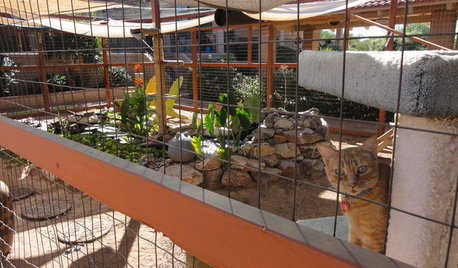
PETSSee a Deluxe 'Catio' Built for Feline Fun
Sixteen lucky cats get the run of a protected outdoor patio with ramps, steps and even a koi pond
Full Story
LANDSCAPE DESIGNKoi Find Friendly Shores in Any Garden Style
A pond full of colorful koi can be a delightful addition to just about any landscape or garden
Full Story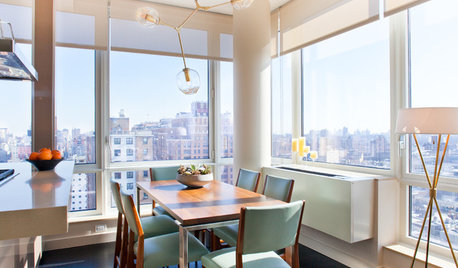
LIFECondo, Co-op, Townhouse, TIC — What's the Difference?
Learn the details about housing alternatives so you can make a smart choice when buying a home
Full Story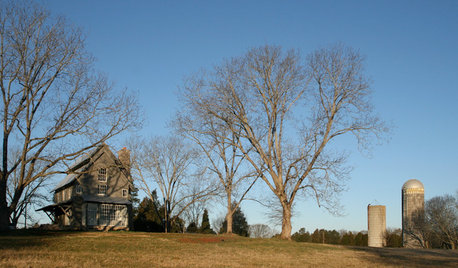
HOUZZ TOURSHouzz Tour: Relaxation Rules in a Rural Weekend Getaway
Straightforward materials and simple architectural forms provide a comfortable farmhouse-style escape from the city
Full Story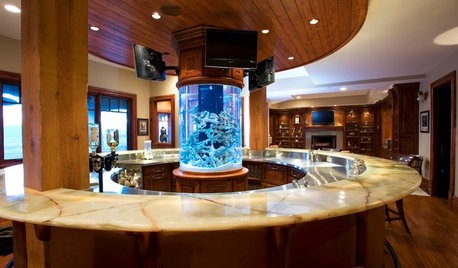
DECORATING GUIDESDesigning Nemo: 30 Fish Tanks Make a Decorative Splash
Bring an otherworldly glow and a calming vibe to your home with the living art of an aquarium
Full Story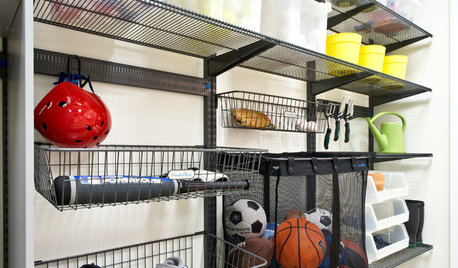
GREAT HOME PROJECTSHow to Make Your Garage a Storage Powerhouse
New project for a new year: Add shelving and containers to get your stuff off the garage floor — and still have room for the car
Full Story
LIFEThe Top 5 Ways to Save Water at Home
Get on the fast track to preserving a valuable resource and saving money too with these smart, effective strategies
Full Story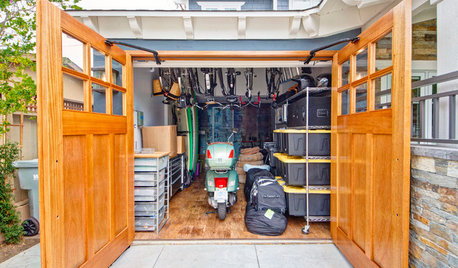
GARAGESHouzz Call: How Do You Put Your Garage to Work for Your Home?
Cars, storage, crafts, relaxing ... all of the above? Upload a photo of your garage and tell us how it performs as a workhorse
Full Story
GREAT HOME PROJECTSHow to Replace Your Lawn With a Garden
New project for a new year: Lose the turfgrass for energy savings, wildlife friendliness and lower maintenance
Full Story







mokittyOriginal Author
sleeplessinftwayne
Related Professionals
Washington Landscape Architects & Landscape Designers · Bergenfield Landscape Contractors · Conroe Landscape Contractors · Dunwoody Landscape Contractors · Elkridge Landscape Contractors · Indio Landscape Contractors · Lees Summit Landscape Contractors · Pahrump Landscape Contractors · Pompano Beach Landscape Contractors · Rosemount Landscape Contractors · Saint George Landscape Contractors · Streamwood Landscape Contractors · Sugar Hill Landscape Contractors · Wanaque Landscape Contractors · Ferguson Landscape ContractorsmokittyOriginal Author
sleeplessinftwayne
mokittyOriginal Author
chas045
sleeplessinftwayne
mokittyOriginal Author
mokittyOriginal Author
sleeplessinftwayne
mokittyOriginal Author
sleeplessinftwayne
mokittyOriginal Author
sleeplessinftwayne
botann
mokittyOriginal Author